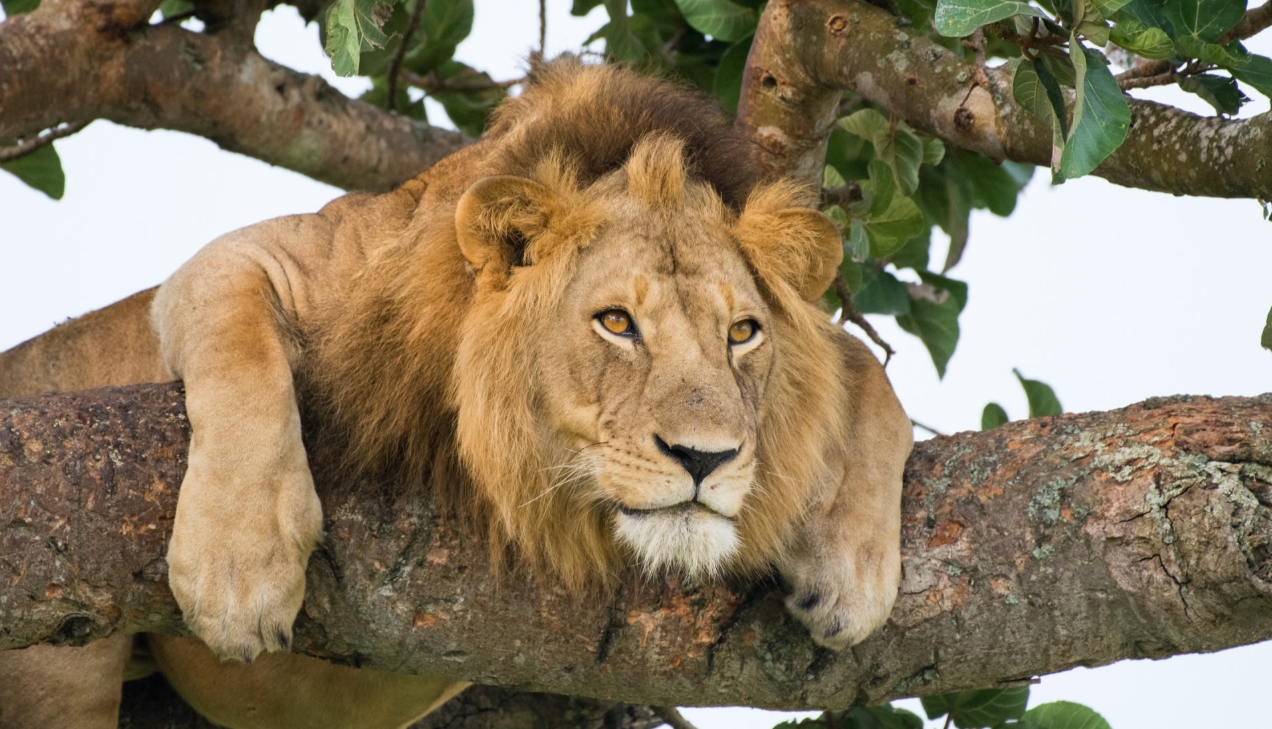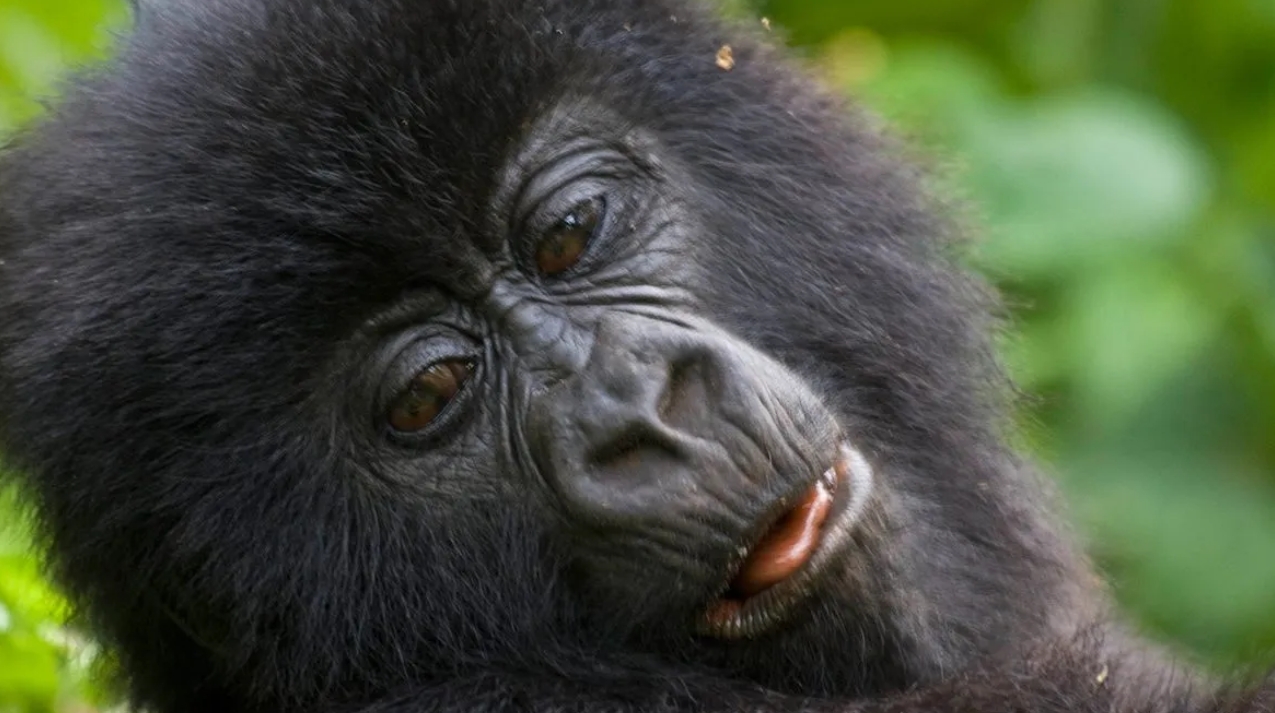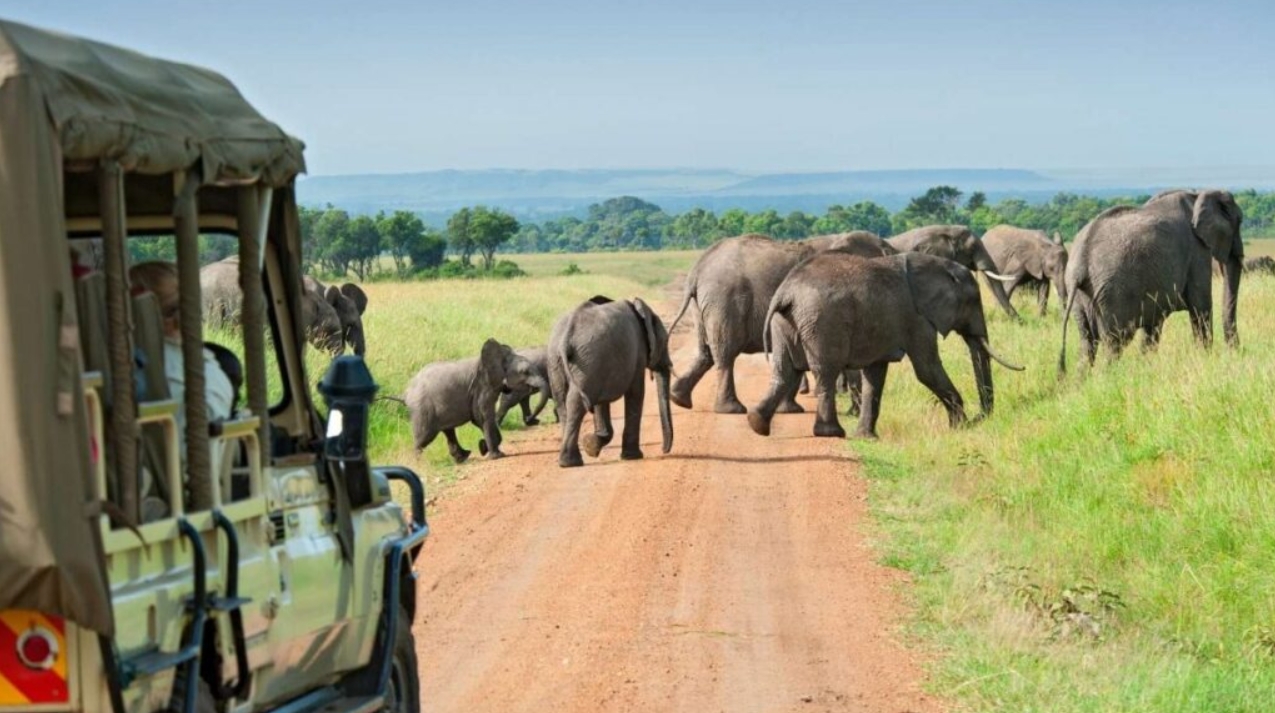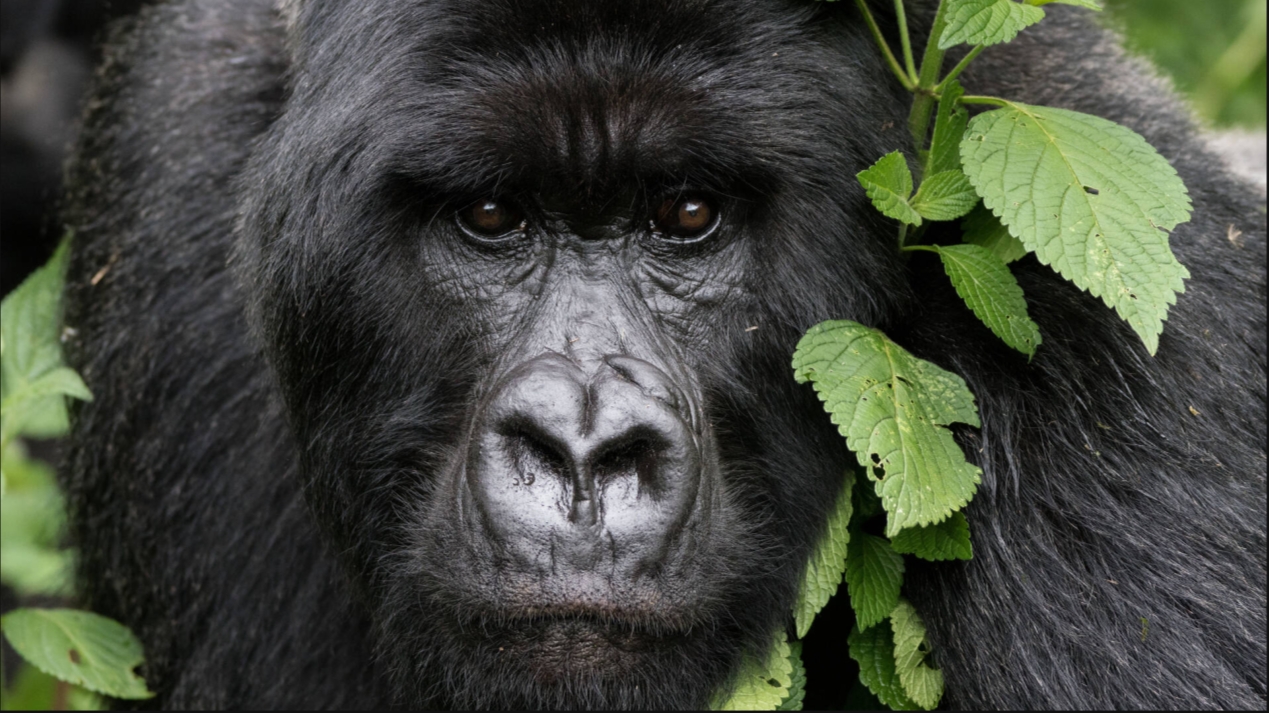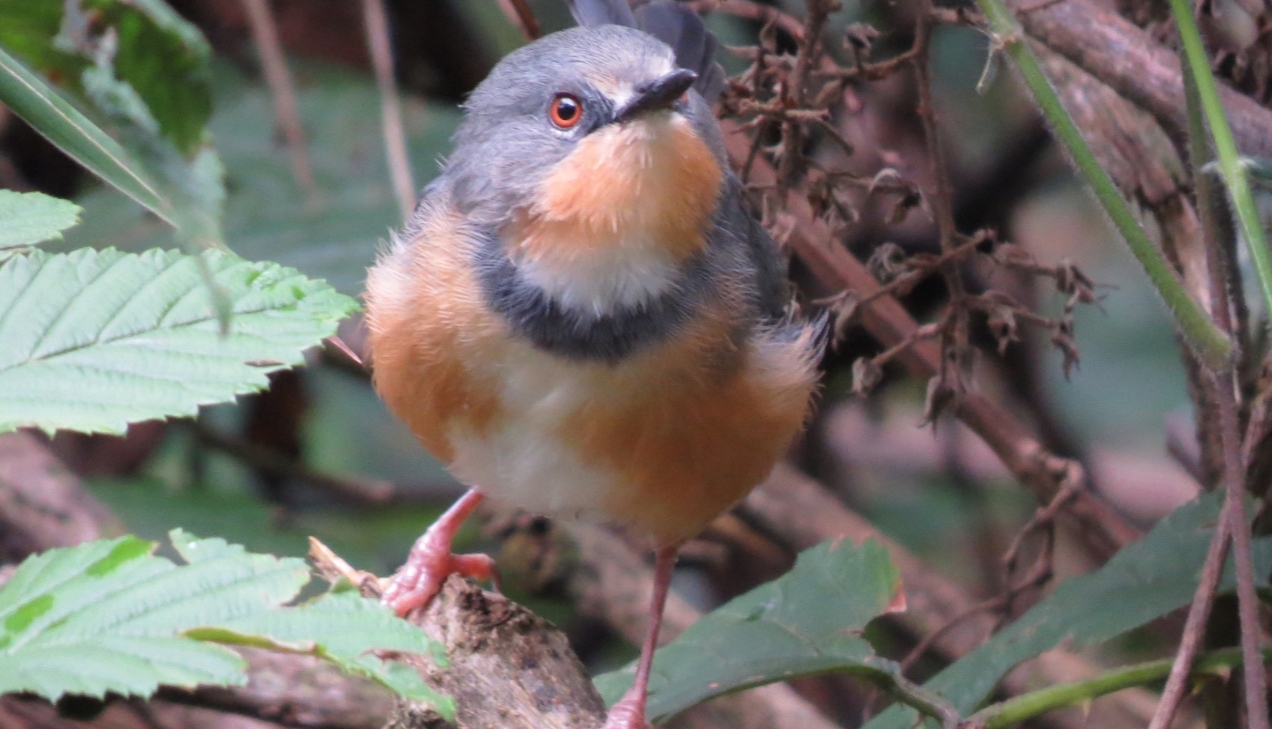
The Albertine Rift Endemic Wonders
The Albertine Rift Endemic Wonders are unique species that lie along the western arm of the East African Rift Valley, spanning countries of Rwanda, Uganda, Tanzania, Burundi, and the Democratic Republic of Congo. These countries host unique and several wildlife species, such as animals, primates, birds, butterflies, among others, that are not seen anywhere else.
Following the Albertine Rift endemic wonders, this zone is unique with a rich biodiversity on the African continent, with iconic, rare, endemic, vulnerable, threatened, and critically endangered species, contributing to almost half of Africa’s bird population. It is also rich in several mammals, primates, insects, and high altitude tropical and afro-montane plants, trees, and vertebrates, making it a unique haven you dare not to miss.
Due to Uganda’s unique and favorable climate zones and ecosystems, shared and widely distributed across the eastern zone and in neighboring countries like the Democratic Republic of Congo and the jungles of West Africa. In eastern habitats, species are often better seen in places like Kakamega Forest in Kenya and jungles in Tanzania. Uganda’s uniqueness lies in its many species that are only found in the Albertine Rift, a diverse and beautiful area. This zone stretches about 500 km long and 30 to 100 km wide, connecting Afro-montane environments within the Rift Valley.
The endangered mountain gorilla, found in the Virunga conservation area and Bwindi Impenetrable Forest, is a dream animal for many. Other primates in this ecosystem include the Golden monkey, Blue Monkey, and Olive Baboons. While walking in the forest, you can see many colorful butterflies, with eight being unique to the Albertine Rift area.
Following the Albertine Rift endemic wonders, Nakra Safaris offers trips for bird enthusiasts, highlighting 37 unique bird species found in the Albertine Rift across five countries. About 50% of these species are important for global conservation. Research carried out by ornithologists, researchers, scientists, and birdwatchers has so far recorded over 37 species, 9 of which are exclusive to the area.
Out of the 37 Albertine Rift bird species, 20 are found in Uganda, Rwanda, and Burundi, while Tanzania has only 2. Uganda’s Bwindi Impenetrable Forest National Park is a key site for birdwatching, hosting all 24 Albertine Rift endemics recorded in the area, mainly in the Ruhija section. Birdwatchers especially hope to see the Grauer’s Broadbill, which is also found in the Itombwe Mountains and Kahuzi-Biega National Park in the Democratic Republic of Congo.
Birds Endemic to the Albertine Rift.
Uganda has several Important Birding Areas aside from Bwindi Forest. The Rwenzori Mountains are a UNESCO site with 17 unique bird species. Mgahinga Gorilla National Park is home to the shy Shelley’s Crimsonwing and has 14 unique species, while Echuya Forest Reserve has 12 species.
When birdwatching in the Albertine rift, pay attention to Rwanda, as it offers species not easily found in Uganda. Nyungwe National Park has 29 unique bird species, including the Kungwe Apalis, Red-collared Mountain Babbler, and Albertine Owlet. There are also higher chances of seeing the elusive Congo Bay Owl in this unique area entirely in Africa.
These Albertine Rift Endemics usually reside in the large montane forests of the Itombwe Mountains near northern Lake Tanganyika. It is home to 565 bird species, 31 unique to the Albertine Rift, with 3 species found nowhere else. For instance, the unique Congo Bay Owl, commonly known for its interesting vocalizations, “wok wok wok.” It was first collected in 1952 but hasn’t been seen since. Birdwatchers hope to observe it in this region of Africa. The owl is related to extinct Asian species, highlighting the ancient nature of East African jungles shaped by past climate changes.
Chapin’s Flycatcher (Muscicapa lendu), seen in Bwindi Buhoma and the neck area; the Rwenzori nightjar (Caprimulgus Rwenzori), seen in Bwindi Ruhija and the Rwenzori Mountains; the Grauer’s broadbill (Pseudocalyptomena graueri), best seen in the Bwindi Ruhija section and the neck; Mountain masked (black-faced) Apalis Apalis personata—Bwindi, Mgahinga, and Rwenzori mountains.
Rwenzori Apalis is seen in Bwindi, Mgahinga, Rwenzori, and Echuya and has a record in Kibale. Dwarf Honeyguide Indicator (Pumilio), seen in Bwindi, Ruhija, and the neck area, Rwenzori Turaco (Tauraco johnstoni), seen in Mgahinga, the Rwenzoris, and Echuya; Archer’s Robin-chat Cossypha archeri, seen in Mgahinga, Echuya, Bwindi, and the Rwenzoris, Red-throated alethe (Alethe poliophrys), seen in Bwindi, Echuya, and the Rwenzoris.
Following the Albertine Rift endemic wonders, the Kivu ground thrush Zoothera tanganjicae can be seen in Mgahinga, Echuya, Bwindi, and the Rwenzoris; Neumann’s warbler Hemitesia neumanni, always heard and seen around the Bwindi Buhoma Forest rivers; the dingy dark olive Grauer’s Warbler, Graueria Vittata, seen in Bwindi, mostly in Ruhija; the red-faced woodland Warbler (Phylloscopus laetus) is seen in Bwindi, Mgahinga, Echuya, the Rwenzoris, and some records in Kibale Forest. Grauer’s Rush Warbler (Bradypterus graueri), seen in Bwindi, Mgahinga, Echuya, and Rwenzori, Rwenzori Batis, Batis diops.
Yellow-eyed Black Flycatcher, Melaenornis ardesiascus, seen in Bwindi; Regal Sunbird, Cinnyris regia, seen in Bwindi, Ruhija, and the neck area, Mgahinga, Echuya, and Rwenzori. The Handsome Francolin (Francolinus nobilis) is easily seen in Bwindi, mostly in the Ruhija section, on the road between Ndego and the main gate, as well as in Mgahinga, Echuya, and Rwenzori. The purple-breasted sunbird, Nectarinia purpureiventris, is seen in Bwindi, Mgahinga, Rwenzori, and Echuya forest.
Following the Albertine Rift endemic wonders, the Rwenzori blue-headed sunbird, Nectarinia alinae, seen in Bwindi, Mgahinga, and the Rwenzori, Strange Weaver Ploceus alienus, seen mostly in the Ruhija section of Bwindi, Echuya, Mgahinga, and Rwenzori, Shelley’s Crimsonwing Cryptospiza shelleyi, seen in Mgahinga and Rwenzori, Dusky Crimsonwing Cryptospiza jacksoni, seen in Bwindi, Echuya, Mgahinga, and Rwenzori, The stripe-breasted tit (Parus fasciiventer) is seen in Mgahinga, Bwindi, and the Ruhija area, to mention but a few.
Best time to go birding
Since the Albertine Rift receives too much rainfall almost throughout the year, some months, especially the dry months which occur from June to August, are the best times to see bird species. These birds include the Grauer’s Swamp Warbler, Shelly’s Crimsonwing, Mountain Masked Apalis, and Regal Sunbird, among others. This is because this is the breeding season, meaning that most of the birds are within the area.




